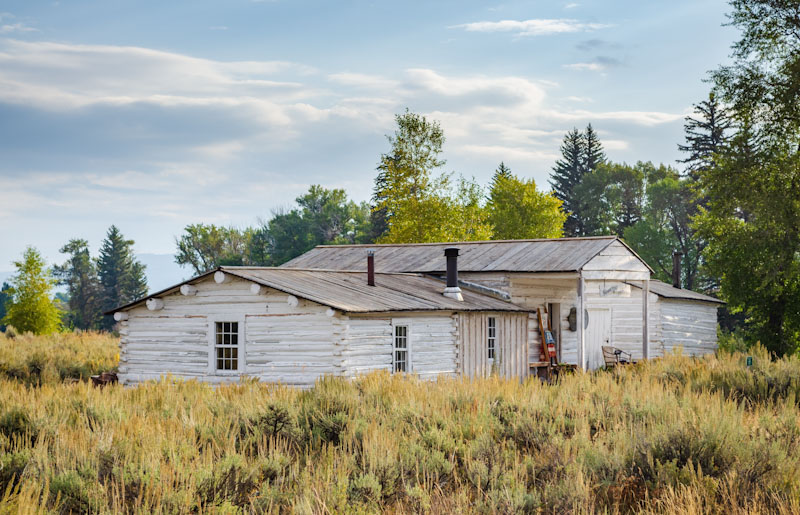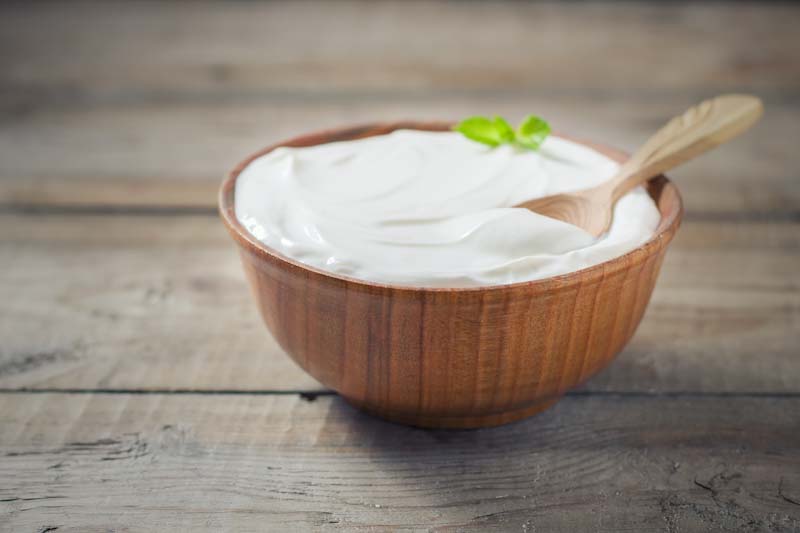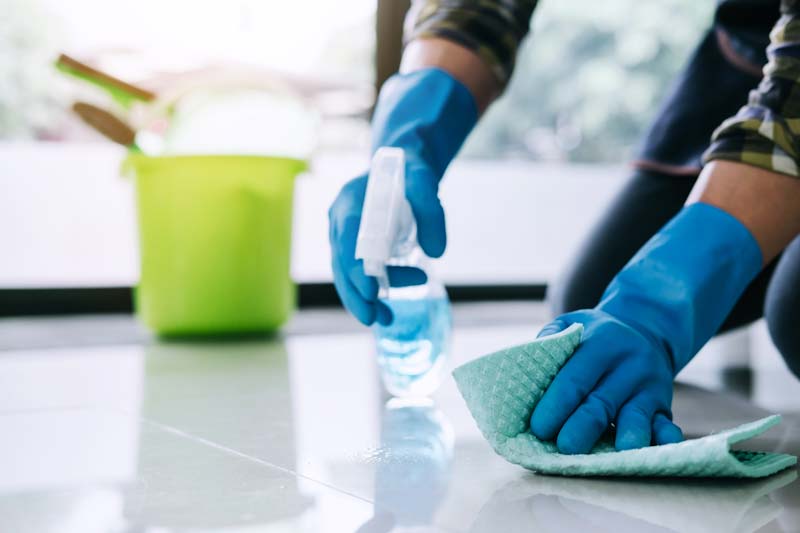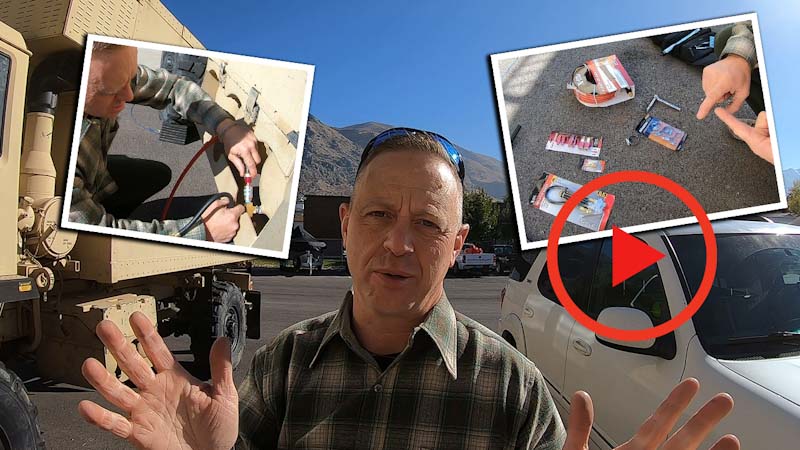Even though you may not rely on newspapers as much as before, they are still an excellent material to store away and use during a crisis scenario.
No matter whether you store away regular daily newspapers, sales flyers, or even magazines, all of them can be converted into valuable survival aides.
Today, some preppers think of newspapers as obsolete and may even feel that plastic is a better material because it is stronger and lighter.
While there are some places where plastic and old newspapers overlap, there are also some key areas where plastic would do more harm than good.
Unlike plastic or Styrofoam, which does not breathe well, newspaper is porous enough to be used in more applications that expected.
Here are just a few ways to use newspapers now and during a major crisis scenario.
The Best Newspapers to Use Are…
First, a few tips for choosing the best newspapers.
As you may be aware, there are many different kinds of paper available in stores, as well as many different kinds of inks. In general, newspaper with only black ink on it can be used for all projects listed in this article.
If you have regular newspaper with color ink, do not use it for applications involving food, potable water, or weed control. Color inks can leave behind a number of toxins that you would not want in your food or in the soil used to grow plants for food.
Glossy magazine or flyer paper with colored ink has very limited uses. At most, use it for drawer liners, work area coverings, and anyplace else where you do not have to worry about toxins from the ink getting into food, soil, or the air.
The inks in these papers also make them largely unsuitable for burnable logs because of the heavy metals and other toxins found in the ink. If you must use them in a pinch, do so; but make sure you are in a well ventilated area, or better yet, outdoors and far away from soil and water that may be used for growing food and obtaining potable water.
10 Ideas on Repuporsing Newspapres
Let’s see a few projects that you can develop using newspapers.
Burnable Logs
There are several ways to make burnable logs. The easiest way to make them is to simply roll them up, tie them with some twine, and throw them into the fire. Rolls of newspaper will take longer to burn and produce more heat.
If you want to get the most heat from newspaper, you need to compress it as much as possible. Since newspaper turns softens and compacts well in water, you can make burnable logs or bricks using little more than bucket of water and a strainer. Here is a Survivopedia article about making paper logs if you want to know more about this project.
Burnable logs can be stored away for some time, or they can be used immediately. When storing away these logs, make sure they remain in a cool dry place in order to prevent moisture from creating mold and mildew on them.
Depending on the form you choose, it is possible to make different sized logs. While smaller logs will not last as long, they may form an excellent starter material that will help with drying out fire wood or starting a coal fire.
Video first seen on David The Good.
Insulation
As porous as newspaper may be, it also offers a viable barrier to drafts and cold temperatures. Here are just a few ways you can use newspaper as insulation:
- to stay warm in cold temperatures, line your clothes with newspaper. Your body temperature will not rise as fast when using newspaper, and you will also reduce the risk of excess sweat buildup.
- If you are out in the elements and cannot build a shelter in time, line your sleeping bag or blankets with newspapers.
- You can also tape newspapers to the walls of your home and around window casings to reduce drafts coming in from these areas. When folding newspaper to use as an insulator, remember that the open end should always face where the draft is coming from. You can think of the paper as being like a cup that catches the draft and does not let it through.
- Drafts from doors can also be reduced by simply folding up some newspaper and placing it between the door and its frame.
Accelerate Food Ripening
Tomatoes, bananas, apples, and many other foods release gasses that accelerate the ripening process. Needless to say, if you are growing food outdoors in a time of disaster, more than a few people will be looking to steal from you as soon as the foods are ripe enough to consume. You can harvest several days early if you know how to ripen foods without the benefit of the plant doing the job for you.
To ripen foods, wrap them up in newspaper and let them sit for a day or two. The newspaper covering allows ripening gases to build up without causing it to rot. Once the foods are ripe enough to consume, you can place them in a refrigerator or consume them.
Paper Mache
If you enjoy arts and crafts, then you may already know about paper mache and how much fun it can be to work with. As a prepper, you may also need an inexpensive and easy way to make several important items:
- Decoys or other objects used to lure prey, scare away predators, or for staging purposes.
- Making casts for broken limbs
- Paper mache can also be used much like plaster for many other applications. You can turn it into a clay like substance or simply use it as layers of sheets. Even though paper mache may not be as strong as plaster, it is much lighter in weight and can be made easily enough at a moment’s notice.
- Paper mache is also perfect for making bowls, cups, and other containers. For example, if you need to run water through a number of filtration media, you can use a paper mache container sealed with pine pitch instead of a plastic bottle. Since paper mache techniques can also be applied to dry leaves, you will have a natural, and steady source of cups, bowls, and other containers once the newspapers are no longer available.
Instead of buying conventional paper mache material, you can cut newspaper into strips and use it instead. To get the most from paper mache:
- Use wire, plastic, or cardboard frames that will allow you to build up layers of newspaper
- Use diluted white glue, pine pitch, or anything sticky enough to glue the pieces of newspaper to the object you are creating. If you are going to use paper mache as a body casting material, make sure that the glue will dissolve easily in water.
- If you happen to make areas that are too thick or need to reduce the shape for some other reason, you can cut the area down with a knife, or sand it for a smoother surface.
- Once the object is dry, you can paint it, stick feathers on it, or do whatever else you need to add texture, color, or anything else required for your purposes. This includes using waterproof sealants so that the finished object can be immersed in water.
Video first seen on Howcast.
Weed Barriers
As a prepper, you may be giving a lot of though to how you will disguise edible plants on your property, in the woods, or at some other location. Inevitably, keeping your secret gardens safe will entail avoiding visiting those locations as much as possible. But a few heavy rains, sunny days, and good growing temperatures can cause unwanted plants to grow faster than those you seek to use for food or medicine.
Since much of the battle between plants occurs below the soil, it is in your best interest to include weed barriers around plants of interest to you. Newspapers unfolded and arranged on the ground around important plants will prevent other plants from invading the space that your plants need for good growth.
As an added bonus, since the newspapers will be located below the surface, it is one gardening trick you can use easily enough without others realizing what they are looking at.
Video first seen on AnOregonCottage.
Drawer and Cabinet Lining
There is no such thing as a drawer or cabinet that stays perfectly clean. As time goes by, grease, debris from various objects, spills, and many other things can make shelves and drawer bottoms look like a mess. Lining shelves and drawers with newspaper will ensure they stay clean.
Even if you do not change the newspapers very often, don’t forget to take note of drawer or cabinet areas that may be damp or prone to moisture buildup. Newspaper is an ideal growth medium for mold and mildew. If you do not change the newspapers in time, these organisms will go on to attack wood or anything else they can grow on.
Wrapping Fragile Objects
At first glance, wrapping fragile objects in newspaper may seem very easy. That being said, if you wrap too tightly or do not take proper precautions with certain areas, then the object will still break apart. Here are some basic things to keep in mind:
- if you are wrapping something that is hollow, start off by balling up newspaper and lightly packing the hollow area.
- Next, if the object has handles or other outcroppings, very loosely ball up some more newspaper and place them on both sides of the handle until it no longer looks like an outcropping.
- Take another sheet of paper and cover over the entire object.
- Add more layers of paper as needed to form a soft, but firm cushion.
- Never wrap more than one object in the same piece of newspaper or fold the items over on themselves as you roll the paper around the object.
- Never wrap the object too tightly. Remember, the paper is there to absorb shock. If the paper is too tight, it cannot achieve that goal.
- Use tape as needed to hold the newspaper in place.
Work Area Coverings and Cleaning
As long as you aren’t working with anything flammable, you can use newspaper to cover a work area.
While you cannot use newspaper alone to protect surfaces from paint, water, or other liquid spills, it can be used to help with cleaning them up. Newspaper may not be as absorbent as paper towels or old rags, however, it still works well in a pinch and will reduce the need to use other supplies that may be put to better use elsewhere.
Shoe Deodorant
Stinky, damp shoes may seem like more of an inconvenience than a serious problem in the pre-crisis world. What happens when you don’t have powders to dry them out, or the luxury of a second pair of shoes to help with conquering dampness in your shoes?
No matter how strong and active you may be, shoes that are damp and stinky will inevitably lead to infections that can be hard to treat in a crisis situation. You can help alleviate this problem by putting newspaper in the bottom of your shoes. The paper will absorb the moisture, which will keep the shoes drier overall. Simply remove the paper, and replace it with fresh, dry sheets.
Protect Plants from Frost
If you don’t have plastic or other more permanent coverings, you can use newspapers to protect plants from frost. Take a few sheets of paper and form a “hat” for each plant so that it is insulated as much as possible. You can also create support system and drape the newspapers over that in order to cover multiple plants. Here are some basic tips for making sure you get the most out of using newspapers to cover plants:
- if you know that frost is expected, cover plants from the afternoon beforehand. Your goal is to trap in as much warmth as possible so that the temperature in side the paper tent remains warmer through the night hours.
- Use more layers of paper if the temperature is expected to get colder. This is not for the sake of keeping frost off the plants (which can be done with just one or two sheets), but to try and insulate the plants as much as possible.
- Remove the paper covering in the morning as soon as the frost is gone. The plants still need sun and airflow in order to grow, and avoid diseases.
Newspapers are still readily available, and may still be coming to your mailbox for free on a regular basis. Why not use them as part of your prepping supplies? From improving gardens to keeping valuable work area surfaces safe, there are many ways to use newspapers in the pre and post crisis world.
Storing away a few pounds of them in your stockpile can be a lifesaver, especially if you need to bridge gaps between supplies on hand and items that you may have to make from other materials.
Do you know other uses of newspapers for your homestead? Share them in the comment section below!
This article has been written by Carmela Tyrell for Survivopedia.









Jeff Flanigan | August 17, 2016
|
Good ideas! Here is a video that shows how to make seed starter pots for gardening from recycled newspaper. https://www.youtube.com/watch?v=7dlGQP81yfo&index=22&list=PLBgHM51XOYI_eD7Ec3kEFXgC6uGawyFSQ